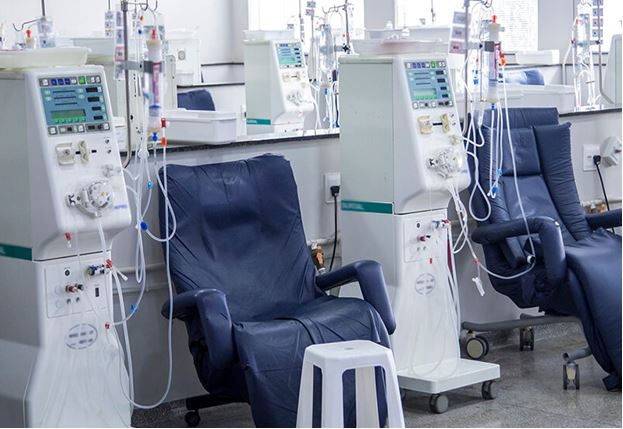The healthcare industry has experienced numerous leaps and bounds in technology and innovation. Yet, one of the vital contributions to patient care is the development of dialysis machines. These machines have drastically changed the landscape of treating renal diseases, especially Chronic Kidney Disease (CKD) and End-Stage Renal Disease (ESRD).
Dialysis machine play an essential role in replacing the kidney’s normal functions, filtering waste products, and balancing electrolyte levels. However, beyond providing an artificial replacement for lost kidney function, these machines have had a deeper, much more impactful effect on patient care.
First, dialysis machines allow patients with ESRD to lead relatively normal lives instead of facing the bleak prognosis of a significantly shortened lifespan. This revolutionary technology provides life-saving treatment to patients awaiting kidney transplantation, thus granting them precious extra time.
Second, the flexibility of these devices has vastly improved patient care. Traditional in-center hemodialysis required patients to spend hours, three times a week, in a dialysis center. Now, with the advent of compact, home dialysis machines, patients enjoy the convenience of administering treatment in the comfort of their homes, leading to improved quality of life.
Advancements in the dialysis machine’s design, including user-friendly interfaces and remote monitoring capabilities, have further improved patient care. These features allow patients to better manage their treatment, promoting independence and reducing health-related anxiety.
In essence, dialysis machines have revolutionized patient care, from enhancing quality of life, and extending life expectancy to providing autonomy.
However, this innovative treatment technology also poses a challenge to the healthcare industry. Given the high purchase and maintenance costs of dialysis machines, many health practitioners find it financially burdensome to provide dialysis treatments in their clinics. This financial challenge is particularly acute for newly practicing doctors wishing to open their clinics.
Here is where the role of loans for doctors to open clinics comes into play. Financial institutions are realizing the need for affordable healthcare while understanding the constraints of healthcare professionals. Consequently, they have designed specialized loan products catering to the financial requirements of doctors looking to open their clinics.
These loans are critical to broadening patient access to dialysis treatments. By helping doctors purchase state-of-the-art dialysis machines, these schemes ensure that more patients can receive timely and efficient treatment. This financial aid proves even more significant in semi-urban and rural areas, where access to advanced healthcare facilities is typically limited.
Addition
The provision of loans for doctors to open clinics does not only constitute a source of finance for purchasing dialysis machines. These loans also cover other crucial expenditures, such as clinic renovation, purchasing other medical equipment, and operational costs. Therefore, these specialized loans considerably ease the financial burden on doctors, enabling them to provide top-tier medical services to patients.
One more advantage that these specialist doctor loan provide is the professionals’ ability to keep up with technological advancements. For instance, as dialysis machines continue to evolve with remote monitoring capabilities and other patient-friendly features, doctors can update their current systems thanks to financial aid. Patients consequently benefit from the latest treatment methodologies, enhancing their overall experience and outcome.
Conclusion
The impact of dialysis machines on patient care is tremendous, vastly improving the quality of life and enabling patients to lead normal lives. Simultaneously, medical finance solutions, such as loans for doctors to open clinics, have been instrumental in making this high-end technology accessible to a broader patient base. As we look to the future, it’s essential to further improve and invest in both the technological and financial aspects to ensure better patient outcomes and make healthcare more accessible.




